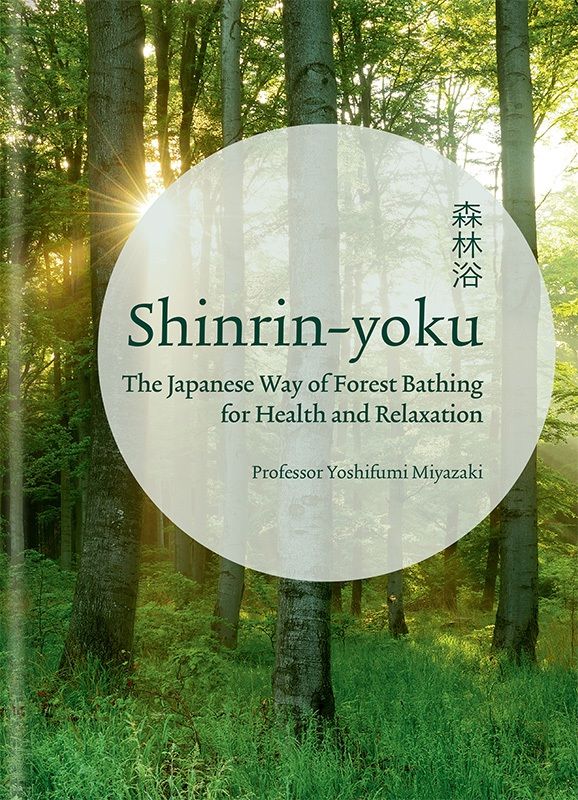shinrin-yoku? ”It’s an activity where people relax by synchronizing, or harmonizing, with the forest. The term was coined in 1982 by Akiyama Tomohide, director of the Japan Forestry Agency. The agency wanted people to visit Japan’s forests and relax. It was a way to increase the value of these lands.
I led the first experiment to study the effects of the practice on the island of Yakushima in 1990.
A new technique had just been developed to detect the levels of cortisol, a stress-related hormone, in saliva. We used that to measure stress and relaxation. “Forest therapy,” meanwhile, refers to shinrin-yoku backed by scientific data, and is a term that I coined myself in 2003.”

There are two reasons why we need it today. One is the shift to an artificial society. Although human beings and their direct ancestors have existed for approximately 7 million years, we have spent over 99.99 percent of that time living in nature. Our genes are adapted to nature, and they have not changed over the two or three centuries since the industrial revolution. Because we have bodies that are adapted to nature, living in modern society places us in a condition of stress.
The second reason is the shift to an information technology society based on computers. Interestingly, two years after the word shinrin-yoku was coined in 1982, the word “technostress” appeared in America. We have entered a secondary stage of stress.




